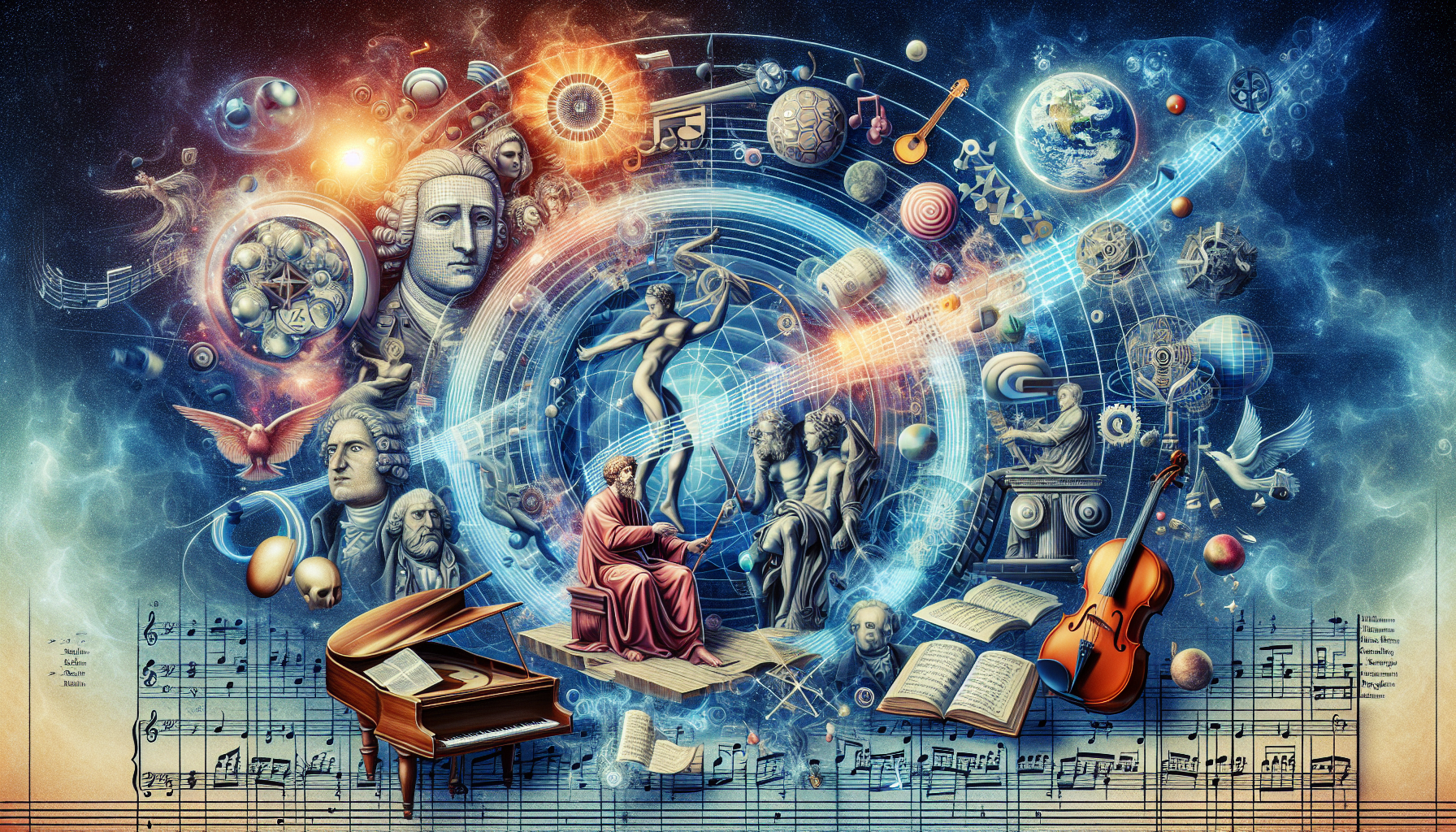The Enlightenment, an intellectual and cultural movement of the 17th and 18th centuries, championed reason, science, and individualism over tradition and religious orthodoxy. Within the realm of music, Joseph Haydn stands as a pillar, exemplifying the spirit of the Enlightenment through his influential works, particularly his oratorios. This article explores how Haydn encapsulated the ideals of the Enlightenment in his oratorios and contributed to the era’s cultural transformation.
The Enlightenment Context
The Enlightenment was a period marked by significant shifts in thought across Europe, with a focus on empirical evidence, scientific inquiry, and the pursuit of knowledge. Figures such as Voltaire, John Locke, and Immanuel Kant spearheaded intellectual discourse, laying the groundwork for modern philosophy and societal structures. Art and music, serving as reflections of cultural change, bore the imprint of these new ideals.
Joseph Haydn: A Musical Luminary
Joseph Haydn (1732–1809), often dubbed the “Father of the Symphony” and the “Father of the String Quartet,” infused his compositions with creative inventiveness. His oratorios, The Creation and The Seasons, are celebrated for their embodiment of Enlightenment principles, illustrating how music could transcend its entertainment roots to become a vessel for philosophical and ideological expression.
Harmony Between Science and Art: Haydn’s The Creation
An Overview of The Creation
Composed between 1797 and 1798, The Creation (Die Schöpfung) is an oratorio that depicts the biblical creation story from Genesis and Paradise Lost by John Milton. Its libretto celebrates the power and rationality of the Divine, creating an allegory of reason and order — key Enlightenment values.
- Structure and Composition: Haydn’s use of orchestration and choral writing in The Creation reflects a balance between art and science. The oratorio is structured in three parts, representing chaos leading to order—themes aligned with Enlightenment rationalism.
- Musical Innovation: Haydn’s work is noteworthy for its descriptive soundscape: from the representation of chaos in the overture to the vivid depictions of nature. Haydn uses music metaphorically, perhaps symbolizing the harmony of an ordered universe explained through reason.
Nature and Enlightenment
The Enlightenment period heralded nature as a source of joy, wisdom, and education. In this context, The Creation is a celebration of nature’s beauty, underscored by the motif of enlightenment through observable natural phenomena:
“Haydn’s reconciliation of the sacred with scientific curiosity is one of the work’s great achievements,” as noted in The Cambridge Haydn Encyclopedia.
The Seasons as a Reflection of Enlightenment Ideals
The Pastoral Symphony
Following the success of The Creation, Haydn composed The Seasons (Die Jahreszeiten) between 1799 and 1801. Based on James Thomson’s The Seasons, this oratorio encapsulates the cyclical nature of life and time, concepts favored in Enlightenment thinking for their connection to natural law and empirical observation.
- Realism in Art: The Seasons integrates music with human experiences, tying the listener to the cycle of the world through palpable musical imagery.
- Everyday Enlightenment: The work elevates rural life and simple pleasures, epitomizing the Enlightenment appreciation for the ordinary and often overlooked beauty in daily life.
Haydn’s Influence and Reception
Upon its debut, The Seasons was hailed as a masterful depiction of the natural world through music. Audiences and critics alike appreciated its detailed reflection of the Enlightenment’s admiration for nature and science. It provided not only an auditory delight but also a thoughtful engagement with contemporary philosophical ideals:
“Haydn’s The Seasons marries the magic of nature with the idealism of Enlightenment rationality, creating an acoustic tapestry that speaks as much to the mind as to the soul,” noted a commentator from the Journal of Eighteenth-Century Studies.
The Lasting Impact of Haydn’s Oratorios
Haydn’s oratorios remain significant not only as monumental works of the Classical repertoire but also as cultural artifacts reflecting the vibrancy of the Enlightenment. Through these works, Haydn was not merely composing music; he was engaging in the era’s dialogues about the nature of mankind, society’s progress, and the wondrous order of the universe.
In conclusion, Joseph Haydn’s oratorios, The Creation and The Seasons, encapsulate the Enlightenment’s ideals through their celebration of nature, reason, and human experience. These compositions stand as a testament to Haydn’s genius and the transformative power of music to reflect and influence the intellectual climate of an era.
For music enthusiasts and scholars alike, understanding Haydn’s contributions through his oratorios offers a window into the Enlightenment spirit—a movement that still resonates in today’s quest for knowledge and meaning.
